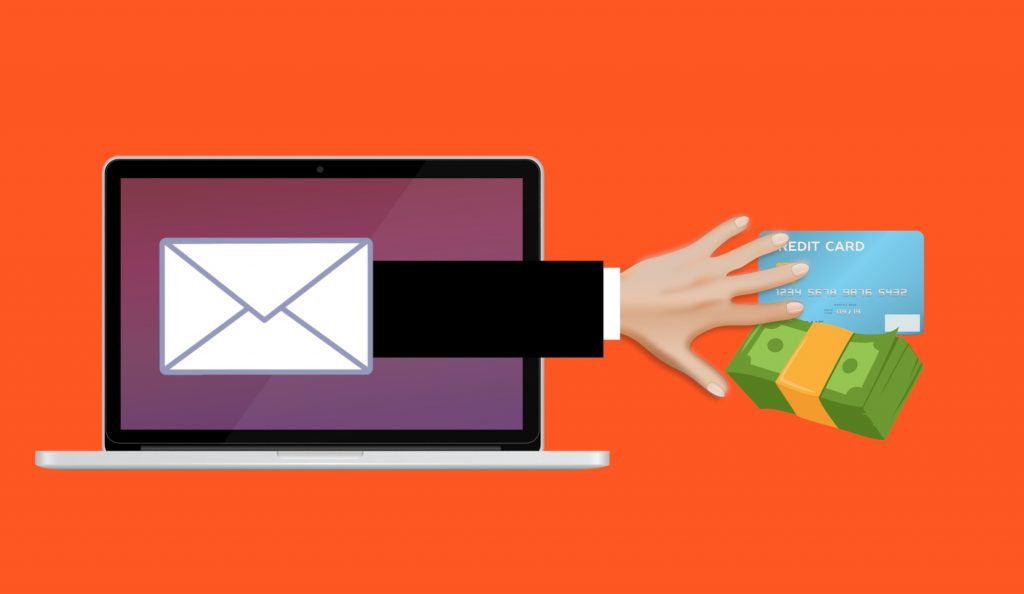Phishing scams are on the rise. These scams are more prevalent today and are also becoming more and more sophisticated and harder to spot. With nearly one-third of all data breaches involving phishing, your company today is more vulnerable than ever.
If you are wondering how to protect yourself and your company from email phishing attacks, you are not alone. Read on to learn the best email practices to protect your privacy and your assets.
Email Phishing Basics
Phishing is a type of online scam where a user is contacted by a scammer posing as a legitimate institution. The scammer aims to trick the user into providing sensitive data. That data may include bank information, credit card details, passwords, and personally identifiable information.
With that information, the scammer can then access the user’s accounts. Phishing can lead to financial loss, data theft, and even identity theft.
Phishing Protection 101
Good news is that most modern computers are already equipped to combat phishing scams. To keep a system protected, always enable scam filters. These filters assess and block suspicious emails. They are known to commit false positives, which is to flag a legitimate email as spam, but that’s preferable to letting more scams slip through.
All modern browsers also have built-in systems to scan and block fake sites. These fake sites copy the layout of legitimate websites in an attempt to trick users into entering their login details.
However, hackers sometimes obtain passwords from legitimate websites via hacking. That is why it is generally a good idea to never use the same password across multiple accounts.
Let’s see how you can identify phishing scams below.
Identifying Phishing Scams
Phishing scams often promise a lot of money or other incredible gains to trick users into relinquishing their information. Random emails that claim you have won an iPhone, or inherited millions of dollars are phishing scams.
Some phishing scams attempt to scare or intimidate users into giving up their information. These scams create a false sense of urgency, and sometimes also threaten the user. If you receive an email from a sender that asks you to take immediate action or else your account will be suspended, it’s probably a scam.
Moreover, phishing scams often come with “trapped attachments” and use masked hyperlinks. Never open any attachments from unknown senders, and always hover over a link before clicking it.
If the URL destination is not a website with a valid Secure Socket Layer (SSL) certificate, then don’t click on it. You can tell if a site has a valid SSL when its URL begins with “https”.
Teaming Up With Experts for Advanced Phishing Protection
Finally, you don’t have to deal with phishing and online threats alone. If your company is growing and you are worried about cybersecurity, then it’s time to team up with a service provider that offers web security solutions.
Protecting Your Company from Email Phishing Attacks
Now that you know how email phishing attacks, you can team up with us and take your digital security to the next level. In addition to our professional web design services, we offer ironclad digital security solutions to companies of all sizes and scopes.
We have the resources and technical know-how to keep your website safe from external threats, including hacking, phishing, and bot attacks. Contact us today to find out how we can help protect your digital assets.

